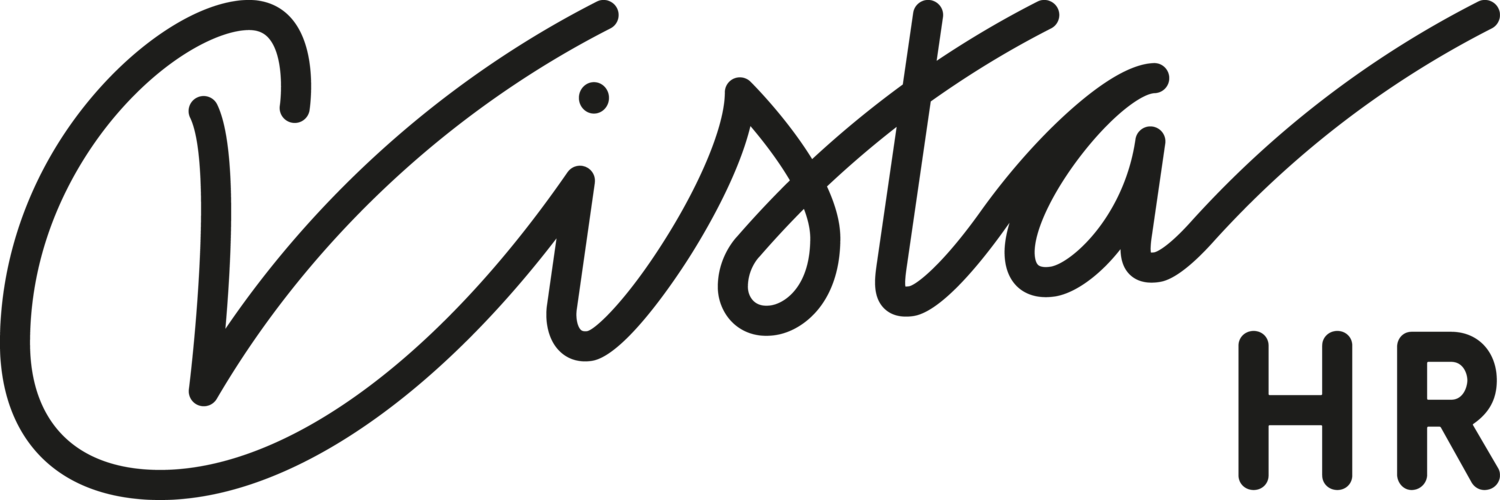Humans are ultimately companies’ assets in achieving results and success. It is one key factor that it is important to maintain a strong employer-employee relationship and such strong relationship will not bring about too many conflicts in the workplace. This will also help to keep employees focus, more efficient and more committed to work. Put some thoughts into your position and analyse if it is the same for your company too.
Keep the Motivation Going
Observe your employees carefully. What are ways they are doing to keep themselves motivated at work? I’m sure it is not just the monetary aspect that kept them coming to work. Every individual is motivated in different ways and if you understand what the motivation factor are, then it will help you manage a strong relationship with them. An example will be praising and encouraging your employees who have done well in the last quarter of the business year and let them know that you appreciate their performances and hard work.
Ensure Open Communication
Create that effective network for employees to be engaged is one way that allow them to ‘rant’ and share what they felt could have been better for the Company and them. Constantly remind them that you are to listen to them. This also allows you to resolve issues quickly and not snowball the situations and it does show employees that the Company are taking each feedback and issue seriously.
Employee Commitment
In today’s context, cost of a new employee is getting costly – from hiring and training. Keeping a committed and loyal workforce will not only help you in cutting down hiring cost and it will reflect well with your clients and other related business partners that they do not have to liaise with a ‘newbie’ and they may not be as well-trained.
Conflict Reduction
Keep the focus on the right track. Create that conducive environment which allows employees to focus on the tasks and assignments that have been assigned. With reduced conflicts in the company will also allow the people and environment be friendlier. It’s an instinct that you can feel it when you enter the workplace. That instinct can never go wrong. While employees focus on business- or work-related tasks and assignments, it’d also mean that they will be more willing to help one another when escalations from arise.

